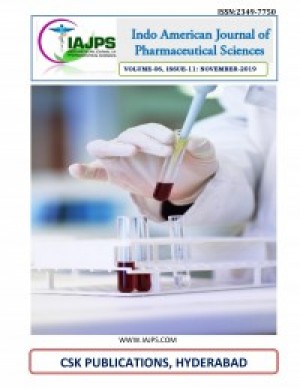ANALYSIS OF EFFECTIVENESS OF USE OF BIORESORBABLE PLATES ON THE BASIS OF COLLAGEN AND DIGESTASE FOR TREATMENT OF INFLAMMATORY DISEASES OF PARODENTIUM IN ADOLESCENTS
Journal title: Indo American Journal of Pharmaceutical Sciences
Authors: Sevbitov Andrei Vladimirovich1 , Timoshin Anton Vladimirovich 2 , Ergesheva Elena Valentinovna Sevbi...
Subject(s): Biological Sciences, Chemistry, Medicine, Analytical Chemistry, Pharmaceutical science - Pharmaceutical science

